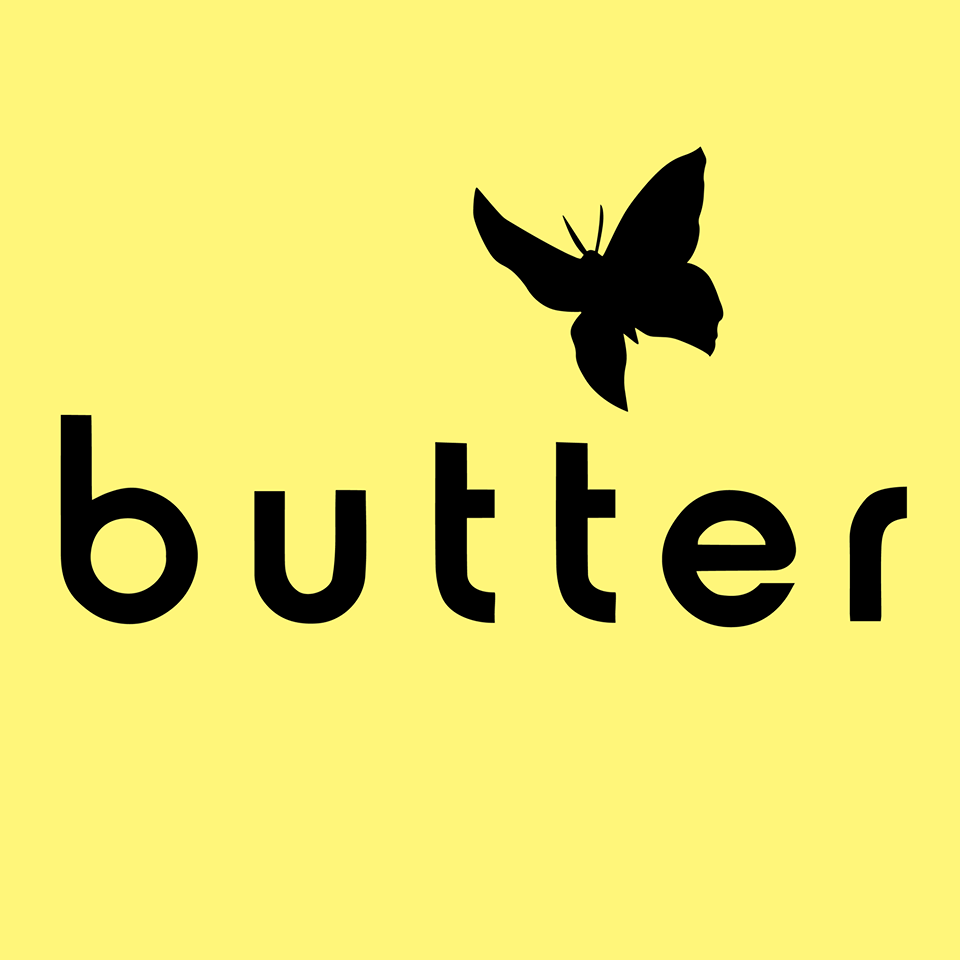Shifting Sands
July 2020
Shifting Sands
The Julys of my childhood were often spent in my backyard sandbox. It helped that it was in the shade but it also was often just my quiet space to build creativity and problem-solving skills. What I’m remembering are long days of digging tunnels, making structures, creating worlds within the confines (though often spilling out around the box) of a frame. It was a world for my matchbox cars, plastic dinosaurs and animals, and battalions of little green army men. What I’m starting to understand is that, as a part of the late 60’s and early 70’s, this was the way I was forming my version of car culture, war culture and yes, white culture and trying to make sense of the world around me, appearing on nightly news on our new color tv.
I am grateful for having parents who were introduced to the civil rights movement in college, since they made attempts to balance the media and societal messages about people of color with real, personal experiences with black men and women who spent time at our home as friends of my family, so that as a child, my suburban, nearly all-white experience wouldn’t stunt my ability to interact with people of color who were being portrayed either negatively in the news, or only as entertainers in the media.
My sandbox days included battles, where I strategized, plotted and refought the scenes of world war 2 I saw in movies, and “camping” with my GI Joe figures as I tried to imagine the war in Vietnam that was playing out in news reports. I would spend full days of building and story-telling, which by supper-time would be picked up, raked smooth, and covered with a tarp to keep my pets out at the end of the day. These are the ways I feel I was set into being American and white, while feeling the tension of competing stories and learning that there were lots of things our country wasn’t doing right.
They might have also prepared me for the “talk” my parents gave me when we made a trip to Chicago in my late elementary years to meet a side of my family whose racist views were shocking and saddening. My sister and I were told that we would hear words we shouldn’t use, hear explanations that came from ignorance, and that as “family” we would still love them, but needed to try to hold them accountable for their actions as well. That visit to Cicero, Illinois felt like having sand kicked in our face. Hearing my parents debrief from the front seat of the car after the visit, was my introduction to the deep pain of white supremacy.
By high school I had determined I wouldn’t fight in any war, only signing my selective service draft form in order to be qualified for federal student loans (an interesting pressure point by the government – yes, go to school but let us send you to war). By high school I had become an outspoken member of my community about nuclear weapons, women’s rights and civil rights, although I remember believing that my “left-handedness” could validate my understanding of “minority.” I did work to be a bridge for the few black students of my school, building friendships, and remember being heartbroken when a black woman friend declined my request to go to a school dance and explained how difficult the other girls (white and black) would make life for her. I still had much to learn.
And so, 40 years later, still learning, I feel like George Floyd’s death has created a smooth surface on my sandbox and is encouraging new building projects. These aren’t the imaginary worlds of my childhood though, they are the real settings of 38th Street, Lake and Nicollet, Butter Bakery itself, and our surrounding neighborhoods as we collectively reshape our story to wipe out the systemic racism and injustices that are set up all around us. And while we may look at the world as set in stone, it’s my hope that we can imagine it more like the sandbox, a space that is more fluid and shapeable, more able to be wiped smooth and where the new paths we create together will be accessible, welcoming, and life-giving for all.
